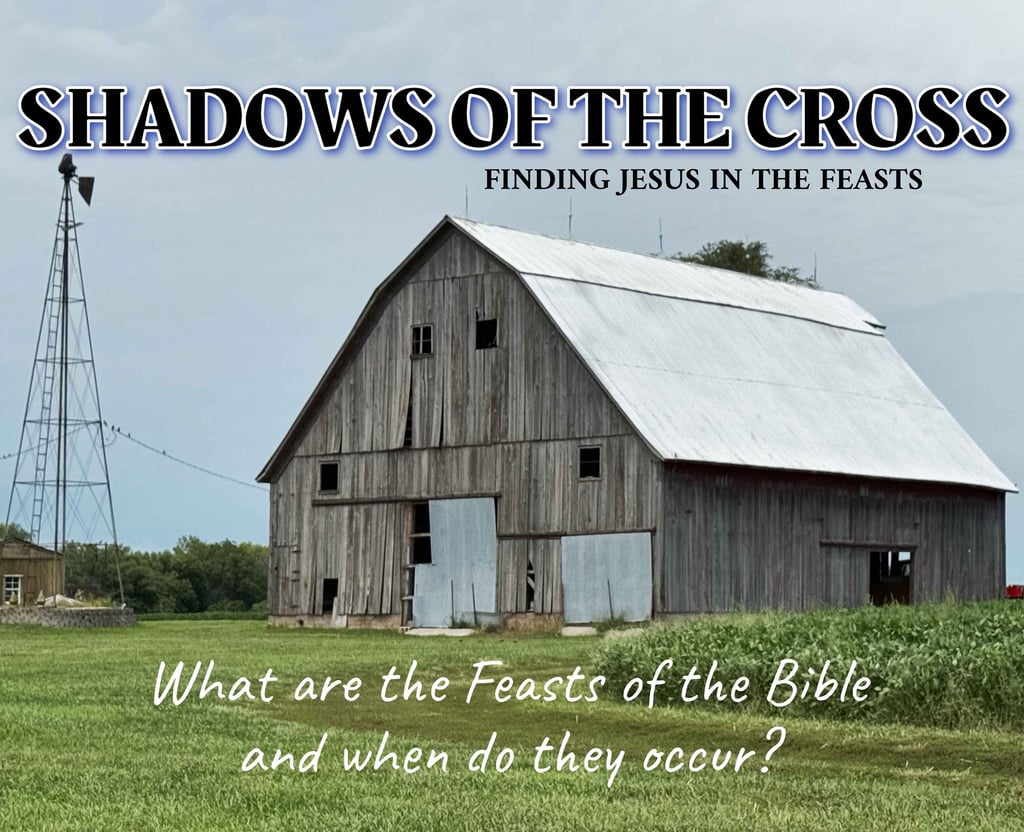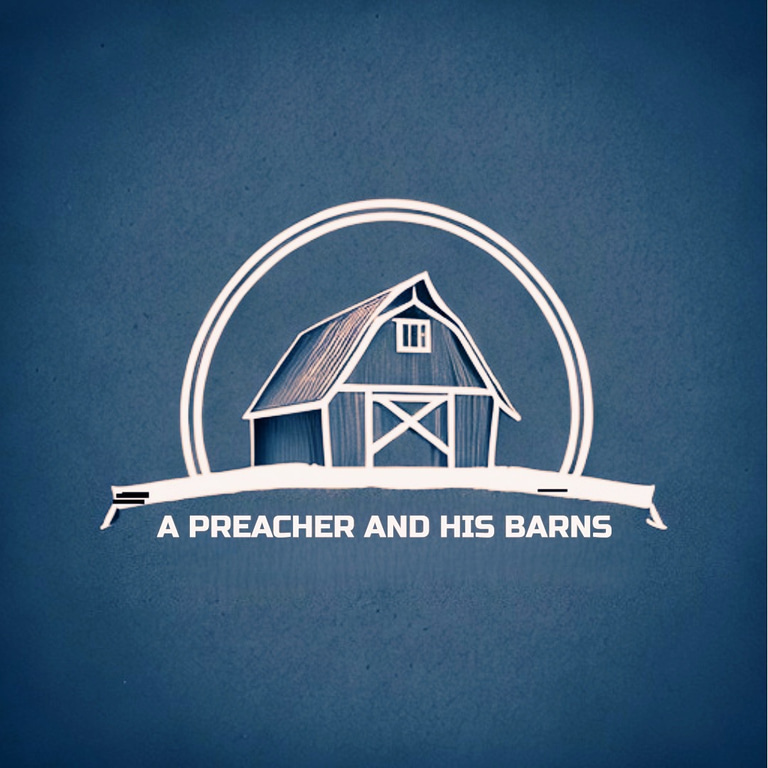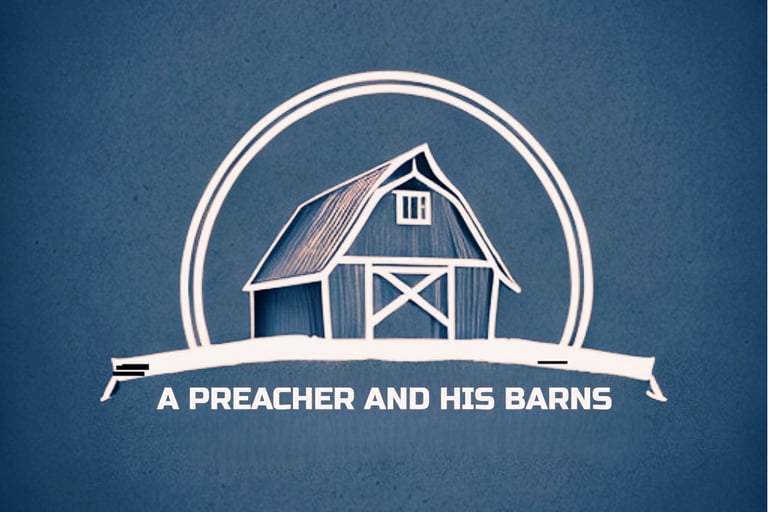The Seven Feasts
Their purpose was to focus on Him, to remind the people of their history, and to reaffirm their obligation to worship the Lord.


The Seven Feasts
The Old Testament book of Leviticus describes seven appointed times each year when God called His people to stop what they were doing, gather together, and celebrate. These were called feasts. Their purpose was to focus on Him, to remind the people of their history, and to reaffirm their obligation to worship the Lord.
Each of the seven feasts carries a special significance. Four are observed in the spring, and three in the fall. The spring feasts foreshadow the coming of the Messiah to redeem God’s people, while the fall feasts point to the second coming of Christ.
The spring feasts are:
• Passover — celebrated on the 14th day of the first month (Nisan) on the Hebrew calendar, which falls in March or April and aligns, roughly, with Easter.
• The Feast of Unleavened Bread — observed from the 15th–21st of Nisan, immediately following Passover.
• The Feast of Firstfruits — held the day after the Sabbath following Passover (Nisan 16).
• Pentecost — celebrated 50 days after Firstfruits, usually in May or June on the Gregorian calendar.
The fall feasts are:
• Trumpets (later called Rosh Hashanah) — observed on the 1st day of the seventh month (Tishri), which falls in September or October.
• The Day of Atonement (Yom Kippur) — held on the 10th of Tishri, also in September or October.
• The Feast of Tabernacles (or Booths) — the final feast, observed from the 15th–21st of Tishri (five days after Atonement), again in September or October.
These feasts raise important questions: Why are our calendars different? Why do these holy days “float” on our modern calendar? What exactly do they commemorate, and what is their purpose? And why don’t you and I celebrate them today?
That’s what this series will explore. Even more importantly, we’ll ask this: What role do these feasts play in God’s plan of redemption, and how do they reveal Christ? I believe you’ll be amazed to see how every detail of each feasts points to the coming Messiah.


